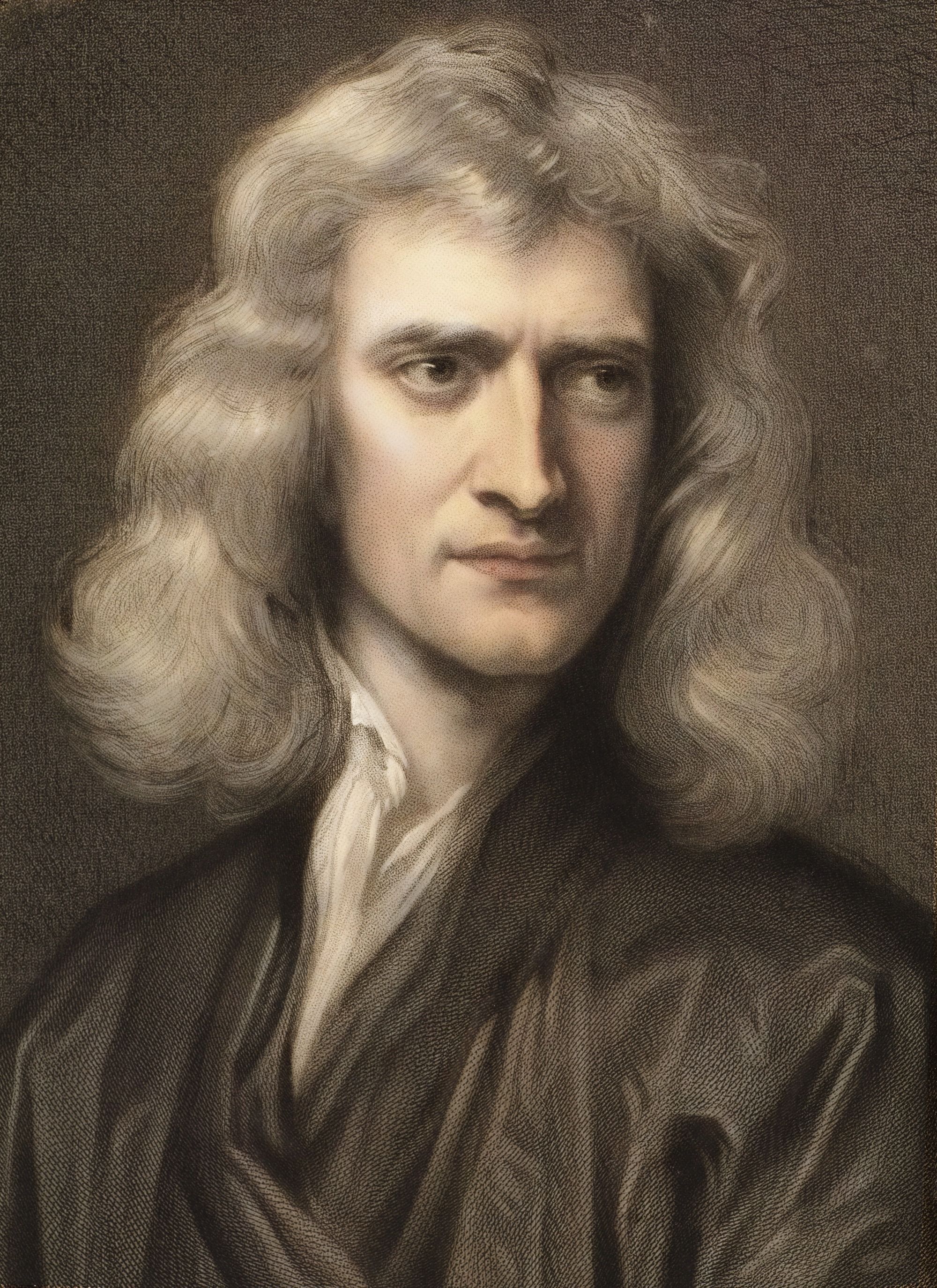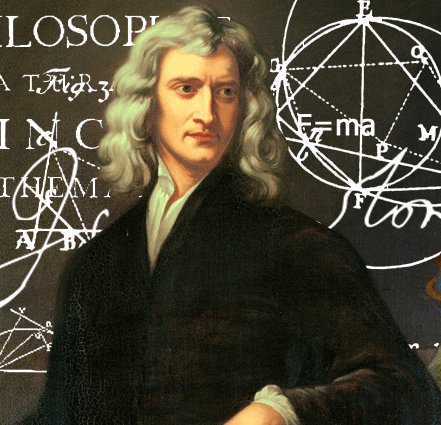
One of his manuscripts managed to get published more than 50 years after his death in which he questioned the existence of the Biblical Holy Trinity. In the 1690s, he published multiple religious tracts that focused on the literal interpretation of the Bible. He was accused of trying to introduce “occult agencies” into science. He talked about gravity, saying it is an invisible force that is able to act over long distances, which got him criticized. Newton’s theories supported the heliocentric model of our solar system and also proved the deviation of the sun from the gravitational center of the system. Newton’s book contained the three main universal laws of motion that lead to the Industrial Revolution amongst which he managed defined gravity and the universal law of gravitation. His research was expanded in Principia, a book that he published in 1687 which became recognized internationally and got him multiple followers.

In 1681, he began work on a paper that managed to prove the elliptical form of planetary orbits caused by centripetal forces. The year 1679 was the year in which Newton would return to celestial mechanics, gravitation, and planetary orbits. In 1704, he published his second book named Opticks which presented multiple principles that are used today for narrow tunable lasers. His first publication, Hypothesis of Light, presented his findings about light and the forces between particles.

During that time, he discovered that color is the direct result of the interaction between an object and light and that the object is not capable of generating the color on its own. He continued to lecture and study light’s refraction from 1670 till 1672. He concluded that color is an attribute generated by light to a certain point. In 1666, Newton began the study of color spectrum within prism-like objects. Newton’s contribution to mathematics also included the generalized binomial theory, the discovery of Newton’s identities, classified cubic plane curves, Newton’s method and his theory of finite differences.Īll his work in the mathematical field got him appointed to be the Lucasian Professor of Mathematics in 1669. It was speculated that his research used some of the remarks made by Gottfried Leibniz, another well-known mathematician. His research was subject to controversy as there were multiple debates about the authenticity of the work.

Isaac Newton developed infinitesimal calculus and published a paper on the topic in 1693. In 1667, Newton returned as a member of the Trinity of Cambridge. His research continued after obtaining his degree at his home as the college was closed for several years.

During his life as a student at the college, Newton began working on a mathematical theory that would later become infinitesimal calculus. He managed to continue his studies and in 1661, he was accepted into the Trinity College in Cambridge. Newton’s educational path brought him to the King’s School in Grantham, but his mother attempted to make him a farmer and removed him from the school. His research led to the foundation of classical mechanics and he made multiple contributions to optics. He grew up to be one of the most influential physicists and mathematicians that ever lived. Isaac Newton was born in Woolsthorpe-by-Colsterworth, England on December 25, 1642. Kensington, Middlesex, England, Great Britain Woolsthorpe-by-Colsterworth, Lincolnshire, England Physics, astronomy, alchemy, mathematics, economics, philosophy


 0 kommentar(er)
0 kommentar(er)
